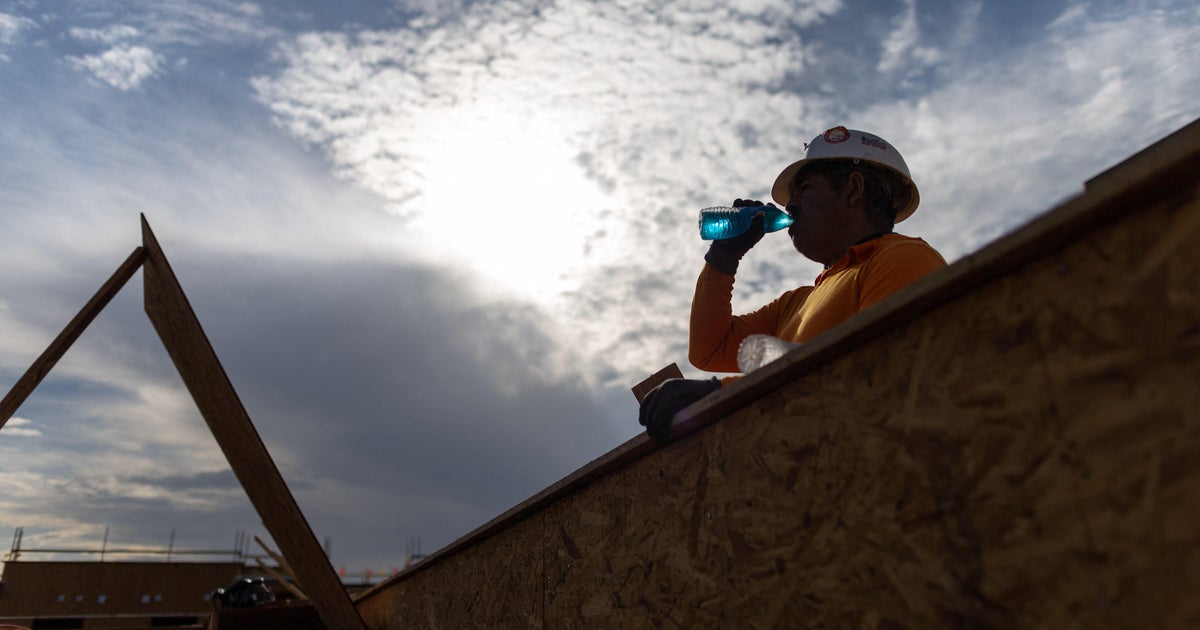As Biden touts clean-energy jobs, here's what employment in the field looks like today
President Joe Biden's push for emissions cuts relies heavily on the promise of jobs. The White House's statement on the ambitious climate-preserving goals features the word "jobs" no less than 13 times.
While the future of jobs is a hot topic of partisan debate, employment in America has already shifted toward clean energy. By the broadest measure, the clean-energy sector already employs more than 3 million workers, according to estimates from several nonprofits. That's even after last year's economic collapse created the first job loss recorded for the sector.
Tracking environmentally friendly jobs has historically been more challenging than tracking a single sector — like, say, manufacturing. So-called green jobs exist in nearly every sector and can cover many different types of workers, from high-paid executives to construction workers. But according to one analysis of federal data from the clean-energy group E2, the clean energy sector employs more people than work as waiters or waitresses, and there are five times as many green workers than there are lawyers in the U.S.
Mr. Biden's plan to cut emissions is tied closely with his jobs plan — a $2 trillion infrastructure package meant to revitalize the nation's energy grid and create a net-zero economy.
Creating and moving power
Almost half a million Americans work in clean-power generation — the sector that includes wind and solar farms — according to the E2 report, released this month. That includes 316,000 people working in solar power, and 114,000 working in wind, with the remainder installing and servicing hydropower and nuclear facilities.
The oil sector is still the largest employer in the energy field. Before the pandemic shrank the entire sector last year, there were more 600,000 workers employed in the oil industry, mostly in extraction, according to an analysis of federal data from the National Association of State Energy Officials and the Energy Futures Initiative.
Natural gas is smaller, with about 400,000 people employed to extract the fuel, ship it or run power plants. Meanwhile, coal, which peaked a decade ago, ended last year with just 44,000 coal mining jobs — the lowest number on record since the federal government began keeping statistics, the national coal miners' union noted this week. (When coal-fueled plants are included, there are just over 100,000 workers in the sector.)
Key word: efficiency
The largest sector in clean energy, however, doesn't involve putting up new power sources but working with the built environment we already have. Energy efficiency — an area that encompasses everything from building appliances to retrofitting heating and cooling systems to insulating homes — employed more than 2 million Americans last year.
The largest sector is the most varied. According to E2, "construction laborers, electricians and HVAC technicians as well as factory workers producing Energy Star appliances and energy efficient lighting and building materials" all make up the efficiency field.
Another 266,000 people work in alternative-fuel vehicles, or just over 10% of the automobile industry. And nearly half of the vehicle parts field — 490,000 people — is involved in fuel-efficient or clean-energy auto parts, according to NASEO. Another 137,000 people work in grid energy and storage, developing batteries and maintaining parts of the electrical grid to be more resilient, according to E2.
The sheer number and diversity of clean-energy jobs mean the work is spread across the country. Every state has thousands of workers in clean energy, while in some smaller states, 1 in 20 jobs is a clean-energy job.



